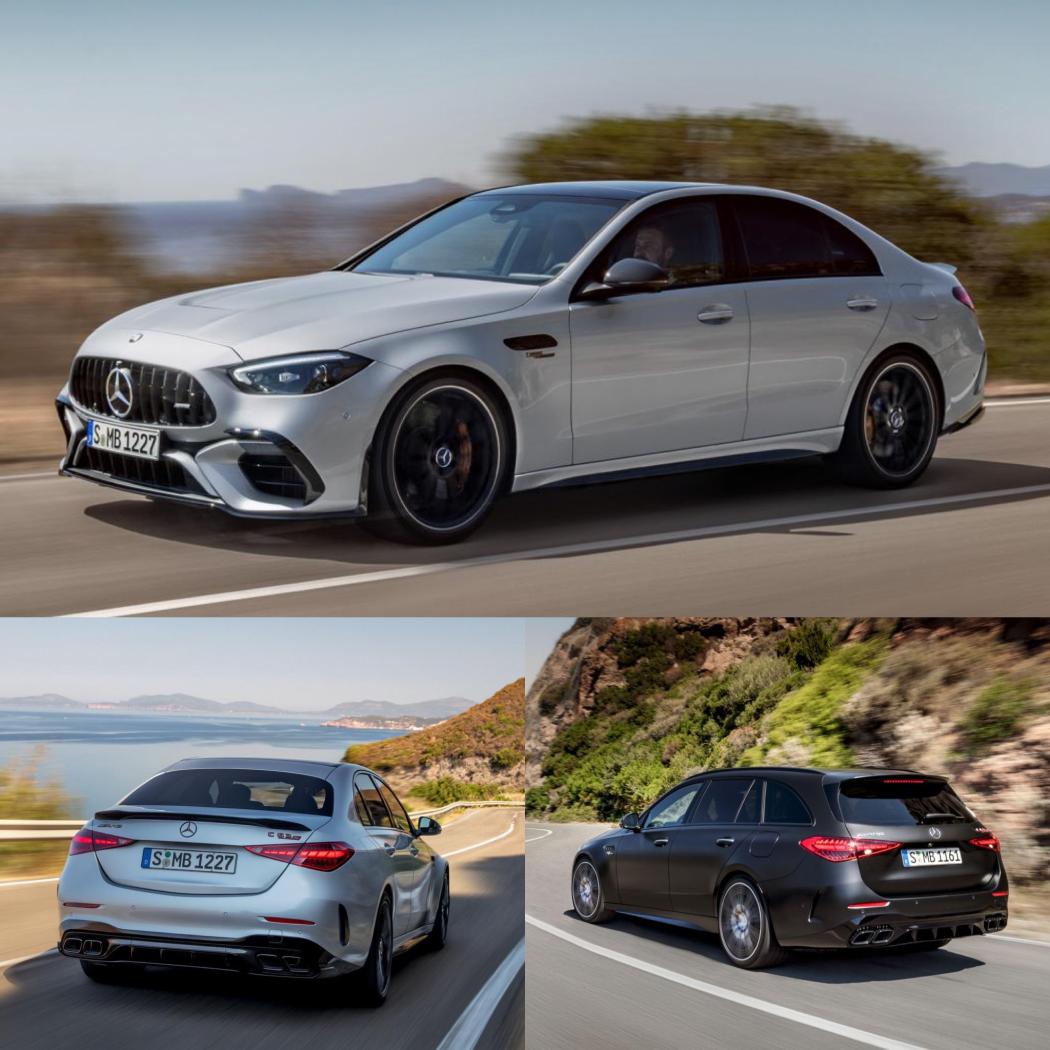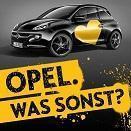Mercedes-AMG C63 SE Performance 2023
Ben 680 cv (di picco) combinati resi disponibili dal powertrain PHEV, che accoppia il 2.0 Turbo 4 cilindri AMG, portato alla potenza di 476 cv, ed un motore elettrico sull’asse posteriore da 204 cv di picco. Trazione integrale, programmi di guida sportiva con mantenimento di carica. Estetica dedicata sia negli interni che negli esterni. Velocità massima limitata a 250 km/ e 0-100 km/h in 3,4 s. Autonomia elettrica di 13 km data dalla batteria da 6,1 kWh. Peso di circa 2100 kg.
-
Contenuti simili
-
- 10 risposte
- 1641 visite
-
Denza X Performance 2020
Pubblicato da KimKardashian,
- mercedes ufficiale
- denza ufficiale
- (e 5 altri in più)
- 4 risposte
- 1830 visite
-
Mercedes-Benz Vision EQXX Concept 2022 1 2 3 4 7
Pubblicato da 4200blu,
- concept
- mercedes concept
- (e 6 altri in più)
- 63 risposte
- 10584 visite
-
-
-








.thumb.jpg.902d2a4f20a129e92b6f6920407b81bd.jpg)


.thumb.jpg.46228d717c405acd43b45b79fddce6a4.jpg)













Messaggi Raccomandati:
Crea un account o accedi per lasciare un commento
Devi essere iscritto per commentare e visualizzare le sezioni protette!
Crea un account
Iscriviti nella nostra community. È facile!
Registra un nuovo accountAccedi
Sei già registrato? Accedi qui.
Accedi Ora